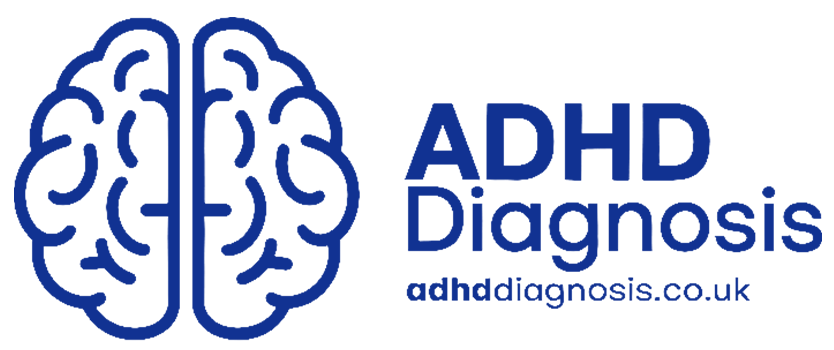Introduction
Managing household organisation can be challenging for anyone, but for those with ADHD (Attention Deficit Hyperactivity Disorder), it can feel overwhelming. The difficulties in focus, impulse control, and executive function that come with ADHD often make it harder to stick to routines, keep track of belongings, and maintain an organised home. However, with the right strategies and mindset, it’s possible to create a system that works for you. In this article, we’ll explore expert-backed tips to help you stay on track and keep your home organised, even with ADHD.
Why ADHD Makes Household Organisation Difficult
ADHD affects the brain’s executive functions, which are responsible for planning, organising, and maintaining focus. This can lead to:
✅ Difficulty starting tasks and following through
✅ Forgetting to put things away or misplacing items
✅ Trouble prioritising household chores
✅ Feeling overwhelmed by clutter and chaos
Understanding how ADHD impacts your ability to organise is the first step towards developing effective solutions.
Expert Tips for Staying Organised with ADHD
1. Create Simple and Visible Systems
Complex organisation systems are hard to maintain with ADHD. Instead, focus on straightforward, easy-to-follow systems that make it obvious where everything belongs.
- Use clear storage bins and label them clearly.
- Keep frequently used items within easy reach.
- Use open shelving instead of closed cupboards to make it easier to see what you have.
👉 Example: Store keys and wallets in a basket by the front door to avoid misplacing them.
2. Declutter Regularly and in Small Steps
Clutter can be overwhelming, especially when you have ADHD. Tackle it gradually rather than trying to do it all at once.
- Set a timer for 10–15 minutes and focus on one small area.
- Use the “one in, one out” rule — for every new item you bring in, donate or discard one.
- Start with easy wins, like clearing a junk drawer or a cluttered worktop.
👉 Tip: Breaking down tasks into smaller steps makes them more manageable and less intimidating.
3. Use Visual and Audio Cues
ADHD brains respond well to visual and auditory reminders.
- Set alarms or timers to prompt you to start or stop tasks.
- Use a whiteboard or sticky notes to create to-do lists and track progress.
- Colour-code storage bins or folders for quick identification.
👉 Example: Set a timer to remind yourself to switch laundry loads or unload the dishwasher.
4. Establish Consistent Routines
Structure helps reduce decision fatigue and makes it easier to stay organised.
- Develop a morning and evening routine to anchor your day.
- Assign specific days for household tasks (e.g., laundry on Sundays).
- Group similar tasks together to create a flow (e.g., cleaning the kitchen after cooking).
👉 Tip: Consistency is key — stick to the same order of tasks each day to build habits.
5. Limit Distractions While Organising
Staying focused on household tasks can be difficult when distractions are everywhere.
- Turn off notifications on your phone while tidying up.
- Listen to music or a podcast to help keep your mind engaged.
- Work in short bursts (e.g., 20-minute sessions) with breaks in between.
👉 Example: Use noise-cancelling headphones if background noise makes it hard to concentrate.
6. Create a “Drop Zone” for Everyday Items
Designate a specific spot where everyday essentials like keys, phones, and bags go.
- Use a tray, basket, or hooks near the front door.
- Make it a habit to drop off items in the same place every day.
👉 Example: Keep a key hook near the door to prevent last-minute searches.
7. Make Cleaning Fun and Rewarding
ADHD brains respond well to positive reinforcement and novelty.
- Turn cleaning into a game by setting a timer and trying to beat the clock.
- Reward yourself after completing a task (e.g., a cup of tea or a short break).
- Work with a friend or family member to make chores more enjoyable.
👉 Tip: Pair cleaning with something enjoyable, like listening to a favourite playlist.
How Staying Organised Improves Daily Life
When you establish a simple and consistent organisational system, you’ll notice improvements in:
✅ Reduced stress and mental clutter
✅ Easier decision-making and less overwhelm
✅ Increased efficiency in completing household tasks
✅ More time and mental energy for hobbies and relaxation
Final Thoughts
Staying organised with ADHD requires a tailored approach that works with your natural tendencies rather than against them. By creating simple systems, establishing routines, and using visual cues, you can transform household chaos into order. Start small, stay consistent, and remember — progress is more important than perfection.






